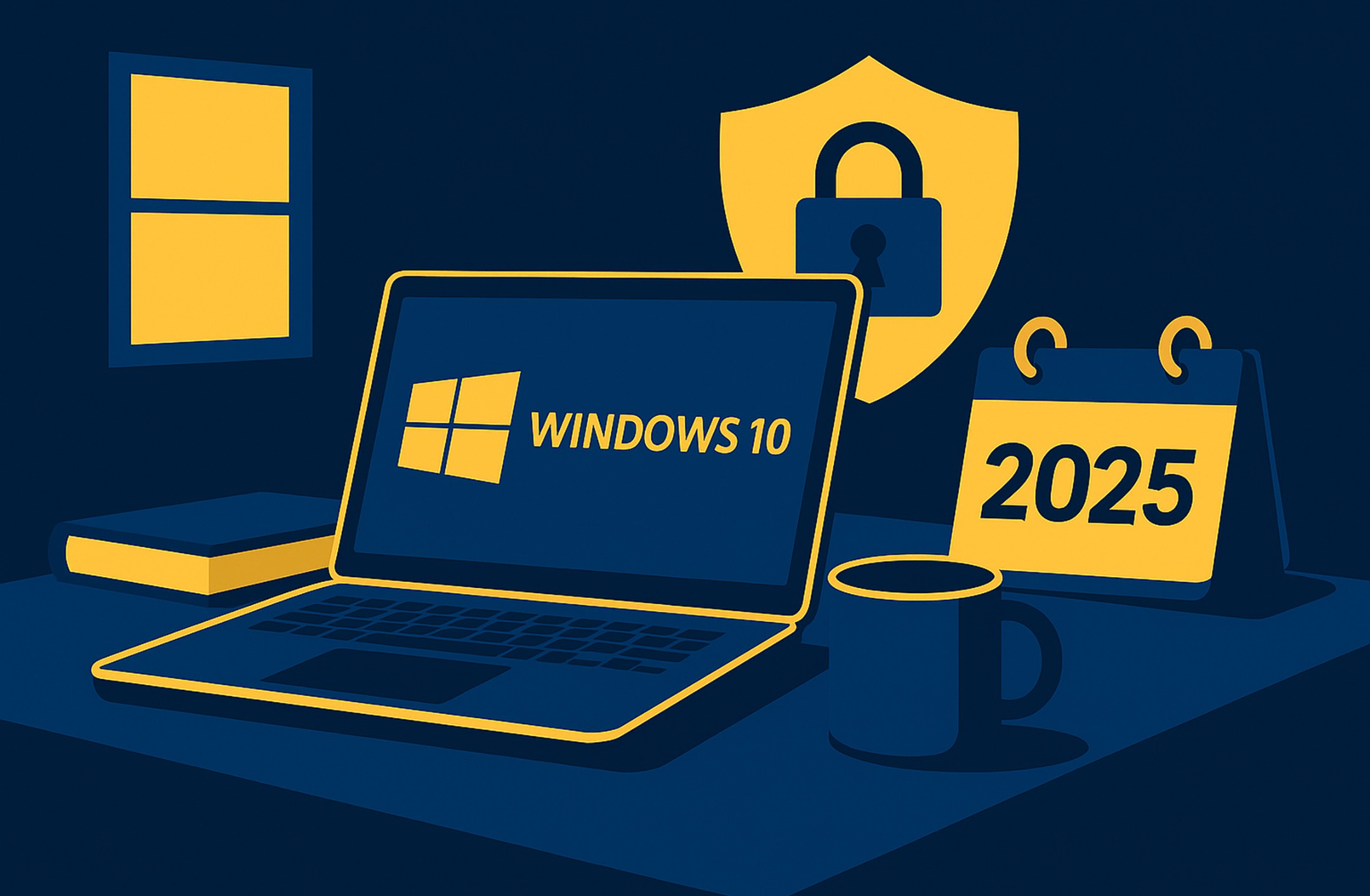Shawn Freeman
CEO

For most SMBs, IT isn’t just a background function—it’s the foundation that supports daily operations, growth, security, and customer trust. That’s why partnering with a Managed Service Provider is no longer just about fixing what's broken—it's about building a long-term relationship that drives ROI and business resilience.
Still, even the best technology can fall short without strong collaboration between your team and your IT provider. This guide breaks down the best practices for working effectively with your MSP, so you can optimize service outcomes, reduce operational friction, and get the full value out of every dollar you spend on IT.
Every great partnership starts with clarity. Before onboarding (or re-engaging) your IT provider, take the time to align on:
Your MSP should not only understand your current tech environment but also be invested in how technology can support your broader objectives—whether that's scaling operations, supporting remote work, or improving cybersecurity posture.
Think of your MSP as a strategic partner—not just a vendor. Effective collaboration starts with open, consistent communication. That means:
Don’t wait until something breaks to talk. A well-informed MSP can proactively solve problems before they affect your business.
Most MSPs equip clients with remote monitoring tools, ticketing platforms, documentation portals, and cybersecurity dashboards. But too often, these resources are underused or misunderstood.
To get the most out of your IT investment:
A great MSP isn’t just solving problems—they’re helping you avoid them altogether. They should offer guidance on your long-term IT strategy, including:
When you bring your IT provider into strategic conversations early, you avoid unnecessary costs later—and often uncover efficiencies you didn’t know were possible.
Strong cybersecurity requires joint effort. Your MSP might handle the technical defenses—firewalls, endpoint protection, patching—but your internal team plays a vital role too.
Here’s how to work together effectively:
Cyber threats are evolving, and ignoring this shared responsibility is a fast track to downtime and financial loss.
Many SMBs make the mistake of investing in new software, hardware, or infrastructure without involving their MSP early. This often leads to compatibility issues, increased costs, or security vulnerabilities.
Before:
… consult with your MSP. They can help with network planning, access controls, vendor assessments, and more.
P.S. Planning to enable BYOD in your company? Read our BYOD security guide to understand the risks and solutions.
To truly understand if your IT investment is paying off, define key performance indicators (KPIs) like:
Ask your MSP for regular reporting or access to a dashboard. If they’re doing their job well, the numbers will speak for themselves.
And remember: ROI isn’t always immediate. Sometimes it’s the cost you don’t incur—like avoiding a breach or recovering quickly from a hardware failure—that makes the biggest difference.
IT service is a relationship, and like any relationship, it thrives on feedback. Let your MSP know when:
Likewise, a quality provider will also offer you constructive feedback on how your team can better use systems or reduce common IT errors.
The SMBs that get the most from their IT service spend aren’t necessarily the ones spending the most—they’re the ones collaborating the best.
When you treat your IT provider as a true business partner, stay open to their recommendations, and commit to shared responsibility, IT becomes a driver of growth, not just a line item on your expense report.
If you're a current client, ask your account manager about setting up a strategy session to review how your IT support aligns with business goals. If you're exploring a new partnership, get in touch with our team—we'd love to show you what high-value IT service looks like.
See exactly how your current IT setup measures up to our Hack Free standards. Enter your business email to receive: